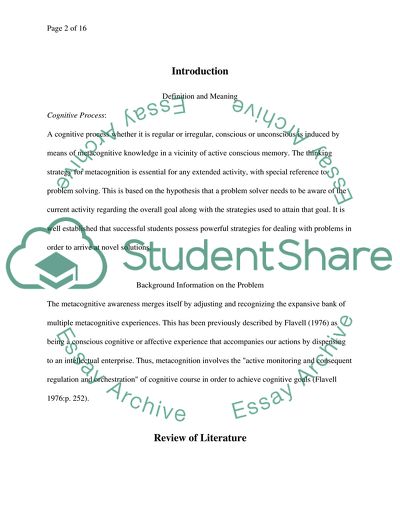Cite this document
(Achievement in Problem Solving and Metacognitive Stratigies Article, n.d.)
Achievement in Problem Solving and Metacognitive Stratigies Article. Retrieved from https://studentshare.org/psychology/1714110-achievement-in-problem-solving-and-metacognitive-thing-stratigies-amoung-undergratuate-calculus-student
Achievement in Problem Solving and Metacognitive Stratigies Article. Retrieved from https://studentshare.org/psychology/1714110-achievement-in-problem-solving-and-metacognitive-thing-stratigies-amoung-undergratuate-calculus-student
(Achievement in Problem Solving and Metacognitive Stratigies Article)
Achievement in Problem Solving and Metacognitive Stratigies Article. https://studentshare.org/psychology/1714110-achievement-in-problem-solving-and-metacognitive-thing-stratigies-amoung-undergratuate-calculus-student.
Achievement in Problem Solving and Metacognitive Stratigies Article. https://studentshare.org/psychology/1714110-achievement-in-problem-solving-and-metacognitive-thing-stratigies-amoung-undergratuate-calculus-student.
“Achievement in Problem Solving and Metacognitive Stratigies Article”, n.d. https://studentshare.org/psychology/1714110-achievement-in-problem-solving-and-metacognitive-thing-stratigies-amoung-undergratuate-calculus-student.


